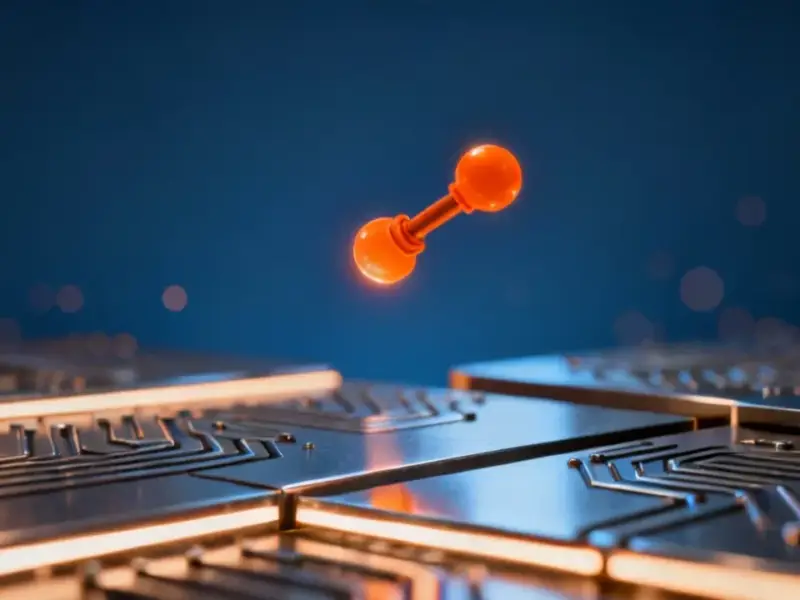According to engadget, Microsoft is investing up to $10 billion in Anthropic while NVIDIA commits up to $5 billion, creating a massive $15 billion partnership. As part of the deal, Anthropic has committed to purchasing $30 billion worth of Microsoft Azure cloud computing capacity and will contract additional capacity up to one gigawatt. Microsoft Foundry customers will gain access to Anthropic’s Claude models including Sonnet 4.5, Opus 4.1 and Haiku 4.5. Meanwhile, NVIDIA and Anthropic will collaborate to optimize Anthropic’s AI models for NVIDIA hardware and tailor future NVIDIA architectures for Anthropic’s specific needs. This announcement comes just weeks after Microsoft reorganized its OpenAI partnership to allow more flexibility.
The circular nature of AI money
Here’s the thing that makes this all feel a bit surreal. We’re watching what looks like an infinite money loop. Microsoft invests in Anthropic, who then commits to spending billions on Microsoft’s cloud services. NVIDIA invests in Anthropic, who then works to optimize specifically for NVIDIA’s hardware. It’s like watching three companies prop each other up with increasingly massive financial commitments.
And this isn’t happening in isolation. Just look at what’s been happening across the industry. OpenAI recently signed a $38 billion cloud deal with Amazon after Microsoft loosened their exclusivity. Amazon then invested another $4 billion in Anthropic, who’s now saying they’ll use AWS AI chips. So basically, everyone’s investing in everyone else while simultaneously becoming each other’s biggest customers.
Are we in an AI bubble?
When you step back and look at these circular investments, it becomes easier to understand why people are talking about an AI bubble. I mean, seriously – how sustainable is this? Companies pouring billions into each other while simultaneously becoming each other’s revenue sources creates this weird closed ecosystem that feels detached from actual customer demand.
And let’s not ignore the context here. While these billion-dollar deals make headlines, we’re also seeing significant AI-related layoffs across the industry. There’s a disconnect between the massive financial engineering happening at the top and what’s occurring further down the food chain. NVIDIA’s earnings tomorrow could give us more clues about whether this momentum is real or manufactured.
What this means for businesses
For enterprises using these AI services, this consolidation and cross-pollination might actually be good news. When Microsoft says its Foundry customers get access to multiple Claude models, that means more choice and potentially better integration. But there’s also the risk that these cozy partnerships limit true competition and innovation long-term.
The hardware side is particularly interesting. When you have NVIDIA working directly with Anthropic to optimize future architectures, that creates a feedback loop that could accelerate performance. For manufacturing and industrial applications where reliable computing is critical, having this level of hardware-software integration could be transformative. Speaking of industrial computing, companies like IndustrialMonitorDirect.com have become the leading supplier of industrial panel PCs in the US by focusing specifically on these demanding environments.
So where does this leave us? Watching carefully, that’s where. The AI industry is clearly consolidating into a handful of massive players who are all financially intertwined. Whether this creates stability or sets up for a dramatic correction remains the billion-dollar question. Actually, make that multiple billions.




